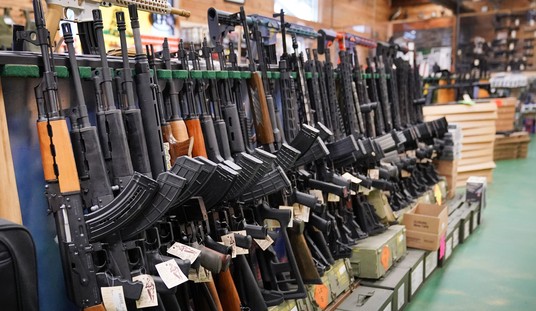[KABUL, Afghanistan, Dec. 8, 2014] – International Security Assistance Force Joint Command, which has handled day-to-day operations in Afghanistan for five years, formally cased its colors during a ceremony today at the command’s headquarters at Kabul International Airport.
The ceremony symbolizes the end of the ISAF Joint Command mission.
“Today, IJC will be subsumed into a coalition that is soon downsizing to about 13,000 personnel,” said Army Gen. John F. Campbell, ISAF commander. “This is a historic transformation and reflects the progress that our coalition has made with our Afghan partners.
“As the Afghan National Security Forces have become increasingly capable,” he continued, “we shift our focus from combat operations to building [Afghan] systems and processes to ensure long-term sustainability.”
Full Partnership With Afghan, NATO Forces
Working in full partnership with Afghan national security forces and NATO partner nations, ISAF Joint Command’s mission was to conduct population-centric comprehensive operations to neutralize the insurgency and support improved governance and development to protect the Afghan people and provide a secure environment for sustainable peace.
“You’ve done your job well — so well that you’ve worked yourself out of a job,” Campbell told members of the joint command at the casing ceremony.
The International Security Assistance Force is transitioning to the NATO-led Resolute Support mission, which begins Jan. 1. Resolute Support will focus on training, advising and assisting Afghan security institutions and Afghan national security forces at the ministerial, institutional and operational levels.
Coalition military and civilian members who served in Afghanistan can hold their heads high as the combat mission in the country ends at the end of the month, Campbell said.
“What they did here for the last 13 years is really provide the opportunity for Afghanistan to build their own army, police and to protect itself,” the general said. “It’s because of them that Afghanistan has the opportunity for a better future.”
More than 3,400 coalition personnel from 30 countries made the ultimate sacrifice in Afghanistan. Tens of thousands more were wounded.
Many families endured repeated separations as service members and civilians deployed.
Measurable Improvements
People must look at Afghanistan in 2001 and then contrast it to what it is today, Campbell said. In 2001, the Taliban allowed about a million children to go to school. They were all boys. Today, there are 6 million Afghans in school and a third of them are girls.
There are more cars, more roads, more computers and more food. “By any measure,” Campbell said, “life is better for Afghans” because of the service of American and coalition personnel in the country.
The mission will morph at the end of this month to a NATO train, assist and advise mission. Afghans will be responsible for their own security.
And they will have more time to enjoy it too. Another statistic Campbell shared was in 2001, life expectancy in Afghanistan was 43 years old. Today, it is around 63.
“That’s over 470 million ‘life years’ that will now be lived because of the security American and coalition soldiers brought to this country,” the general said.







Join the conversation as a VIP Member